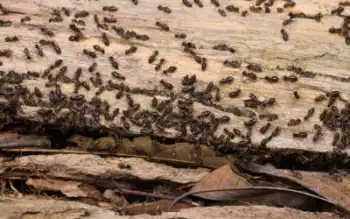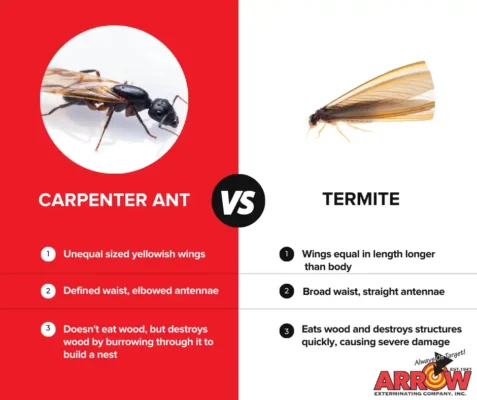Leave your information below and we’ll be in touch with a FREE quote!
"*" indicates required fields
*During normal business hours. After hours calls will be returned the next business day.
Menu
Leave your information below and we’ll be in touch with a FREE quote!
"*" indicates required fields
*During normal business hours. After hours calls will be returned the next business day.

 Do you have termites crawling around your property – or are they carpenter ants? With how similar the two look, it can be hard to tell them apart. Regardless of which you have, though, you’re going to want to take action to rid yourself of the infestation and prevent it from getting worse. The first step to keeping the pests away is knowing exactly what you’re dealing with so you can anticipate their habits and behaviors. So,
Do you have termites crawling around your property – or are they carpenter ants? With how similar the two look, it can be hard to tell them apart. Regardless of which you have, though, you’re going to want to take action to rid yourself of the infestation and prevent it from getting worse. The first step to keeping the pests away is knowing exactly what you’re dealing with so you can anticipate their habits and behaviors. So, 